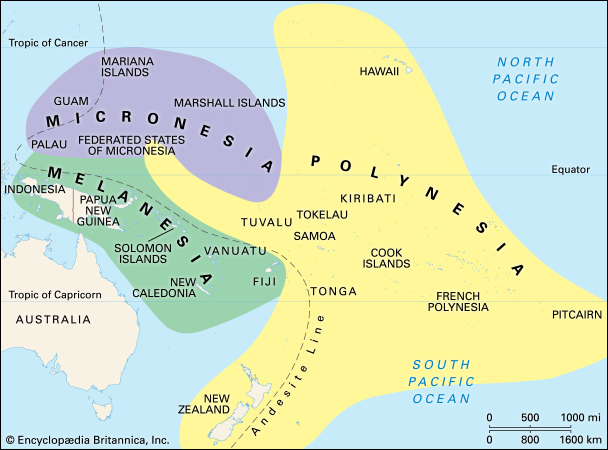Disney’s newest musical adventure story came out last week, and the verdict is in: it’s a hit!
Moana is the story of a young woman who sets out on a journey to save her family, with the help of a large and funny demigod, Maui. The film is beautiful on its own right, but Disney has also taken the time to incorporate a great deal of Polynesian culture, language, history, and mythology into the story.
What do you know about the expansive story of “Polynesia”?
 What we consider “Polynesian Culture” is actually made up of several different nationalities and tribal groups flung across the islands in the South Pacific, opens a new window. The generally accepted term used to encompass these groups is Pacific Islander, though many would prefer being referred to as their tribe or nationality. This includes people from Hawaii and the Maori tribes of New Zealand. They share a lot of the same central traditions and myths of creation, though the names and stories might have evolved through time.
What we consider “Polynesian Culture” is actually made up of several different nationalities and tribal groups flung across the islands in the South Pacific, opens a new window. The generally accepted term used to encompass these groups is Pacific Islander, though many would prefer being referred to as their tribe or nationality. This includes people from Hawaii and the Maori tribes of New Zealand. They share a lot of the same central traditions and myths of creation, though the names and stories might have evolved through time.
A few people to know in mythology:
- Maui is a central figure in many Pacific Island traditions, particularly Hawaii and New Zealand. He is a demigod, who exists somewhere between the mortal and the divine, and is the hero of many stories about his tricks and wit.
- Rangi and Papa, opens a new window/Ao and Po are the world's parents—Mother Earth and Father Sky. While their names are different in different regions of the Pacific (Rangi and Papa in the Maori tradition, Ao and Po in the Hawaiian, etc.), many of the stories are very similar.
- Tangaroa has many names, opens a new window and origin stories, ranging from being the creator god of all things to being the creator of the islands on which the tellers live. In Maori tradition, Tangaroa is also the deity most related to the sea.
- Pele, opens a new window is the fire goddess of Hawaii, said to live in the Kilauea volcano. There are many tales of both triumph and tragedy about her. She is also the patron goddess of the Hula.
- (For a quick overview of the Mythology of the Pacific Islands, see this article in Britannica.)
Once explorers and missionaries started colonizing the great mass of islands scattered across the Pacific ocean, the myths became folklore, and priorities were changed. Those peoples who weren't wiped out from illness or war were suppressed by either the Bible or the gun. We've discovered in recent decades that there were "undiscovered" tribes and nations, but modern exploration has brought those peoples into a different kind of colonization. While not connected through language or even tradition sometimes, the peoples of the Pacific Islands were grouped together by English, Spanish, French, and Portuguese expansionists as a single entity, not quite the same as the large subgroups of people on the Asian continent or even the indigenous peoples in Australia.
Pacific Islanders are more than fire throwing and grass skirts, and Moana is helping to dispel the stereotypes, but there's still a long way to go.


